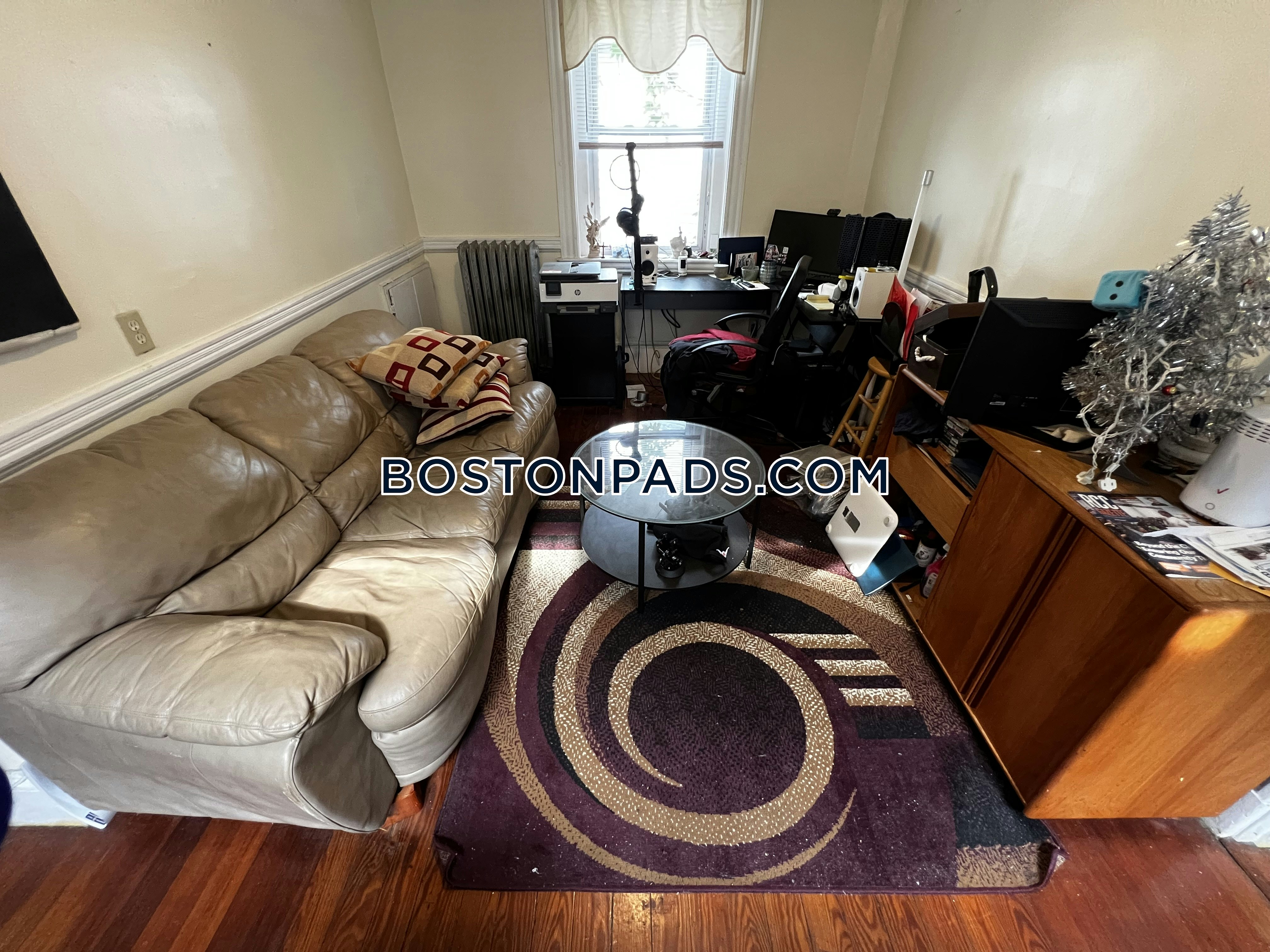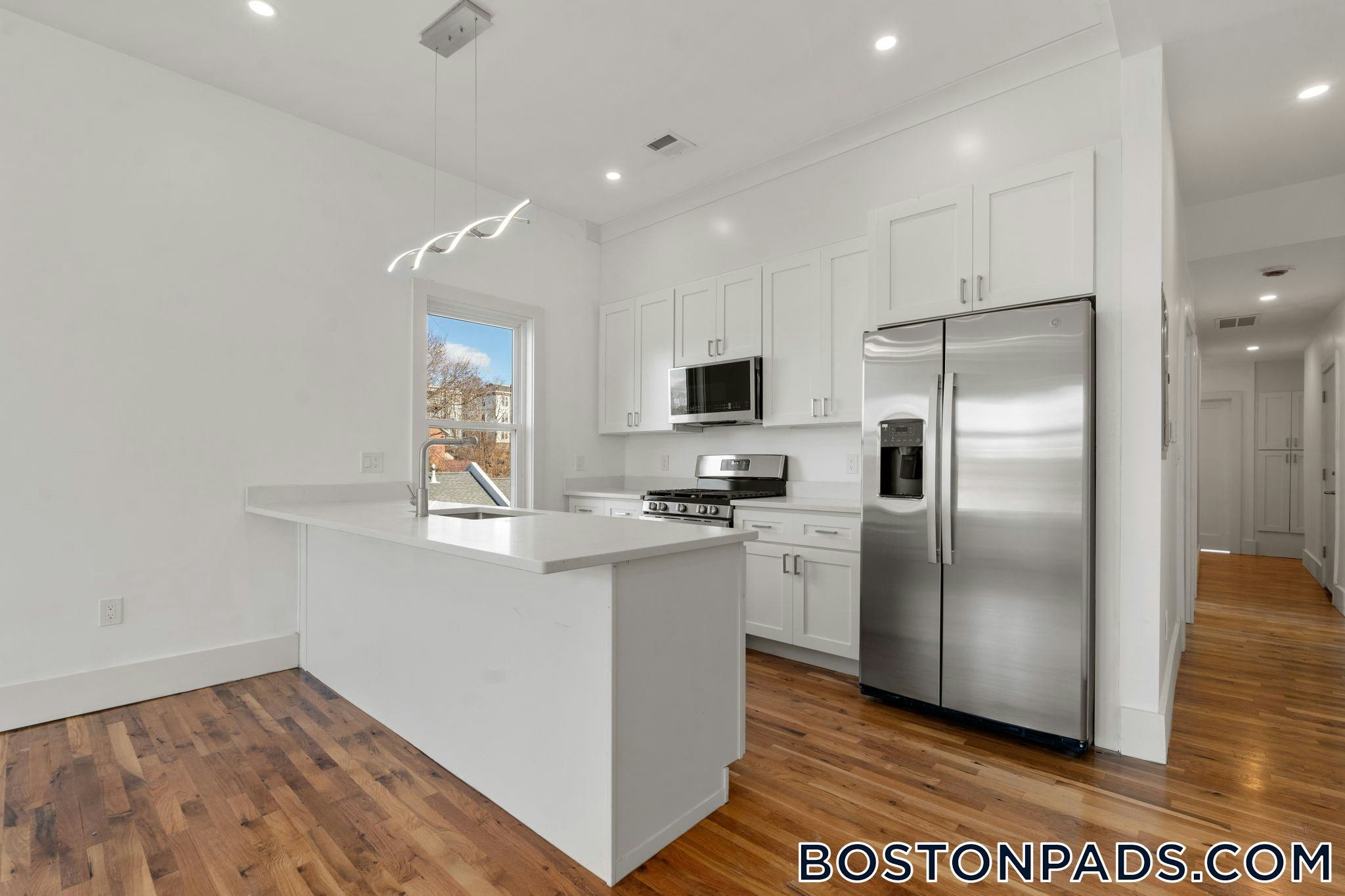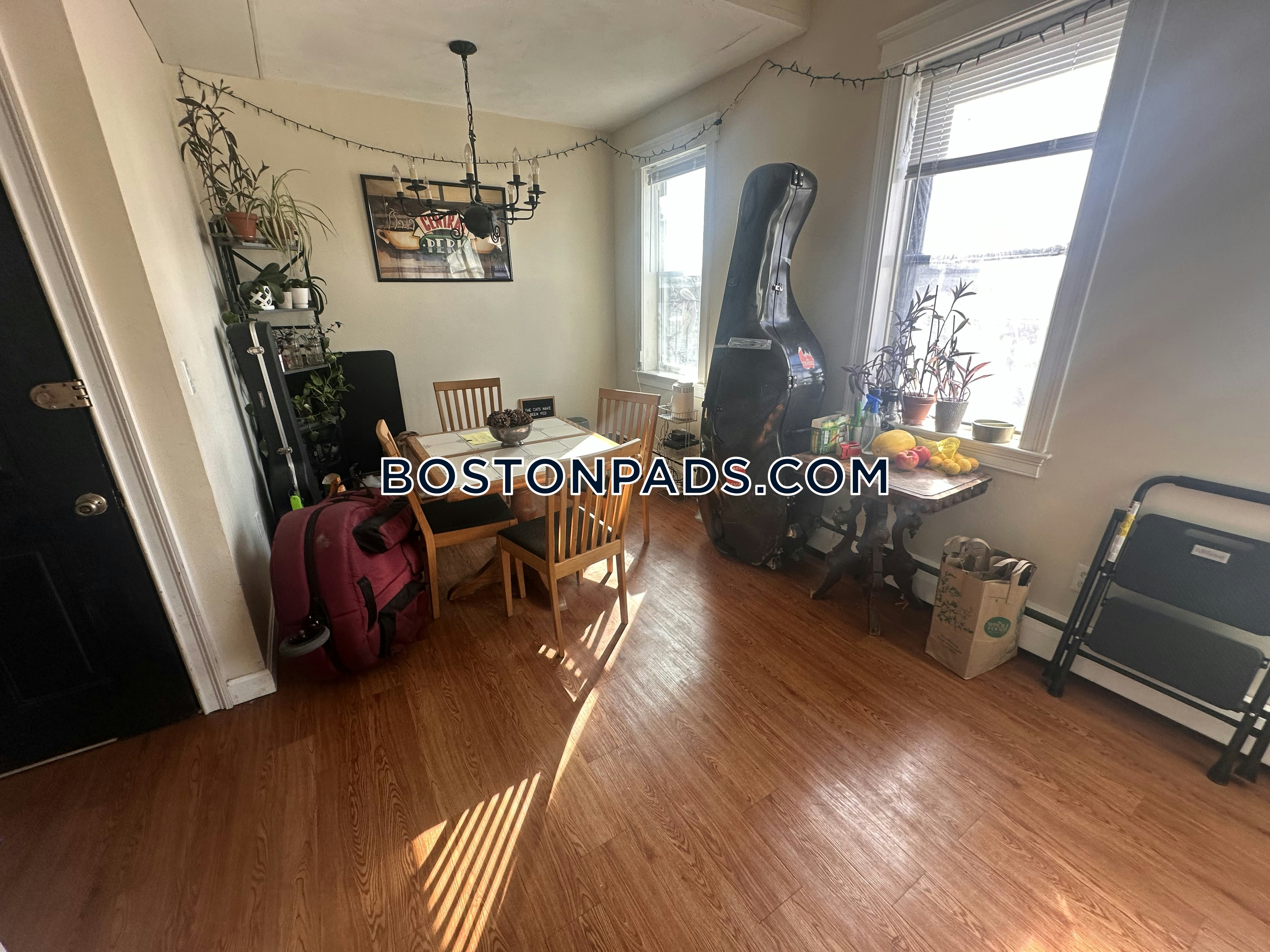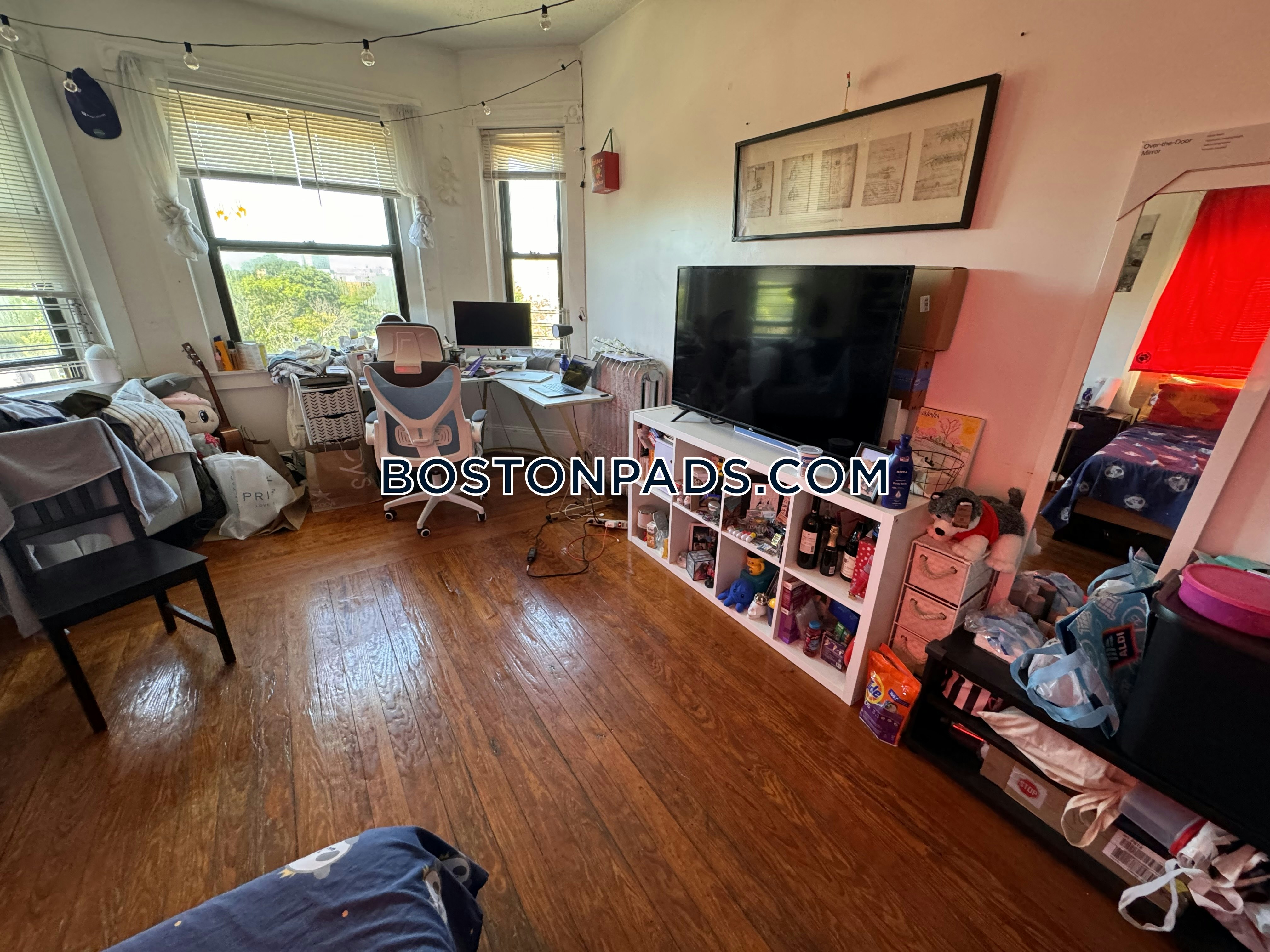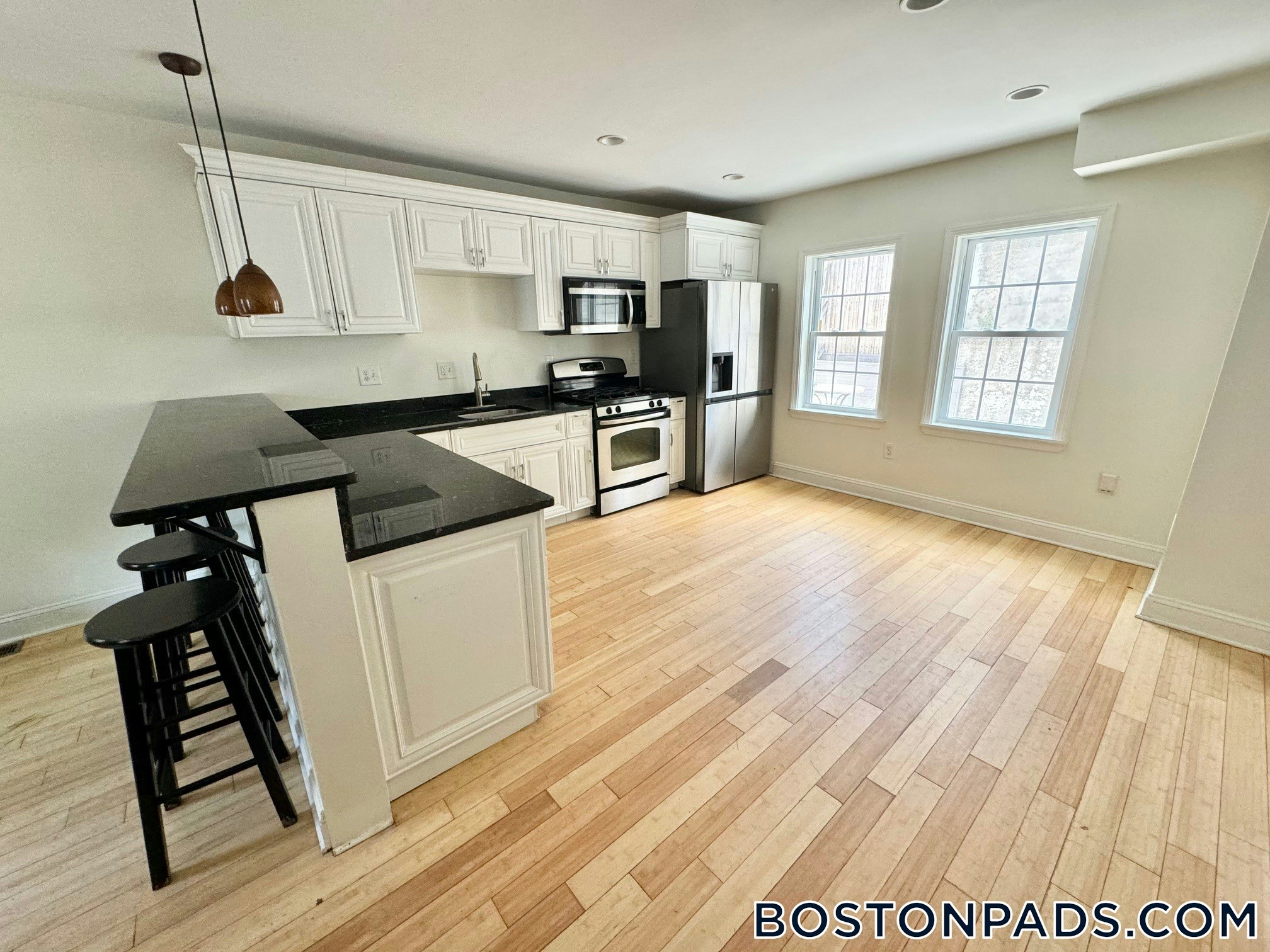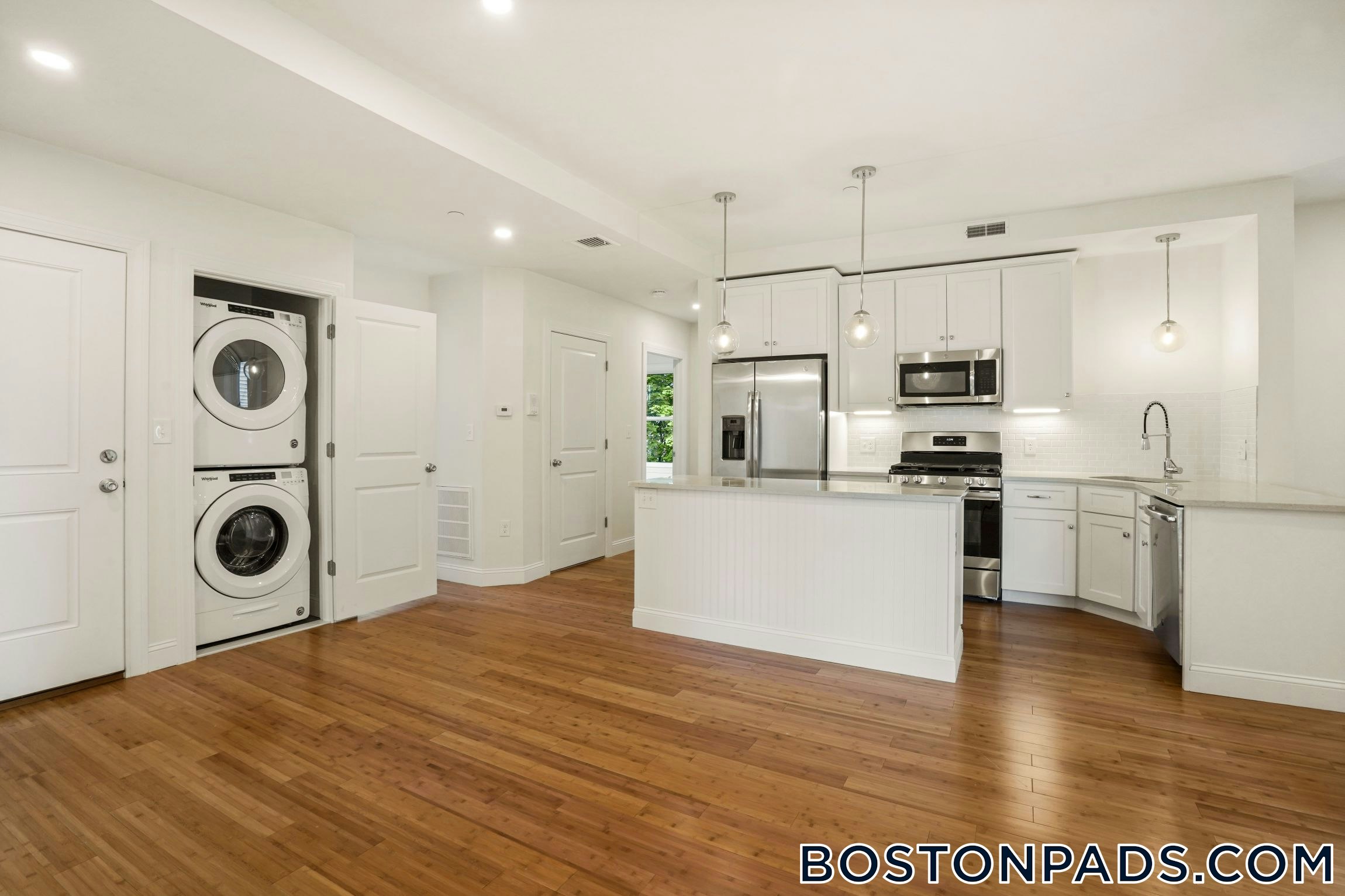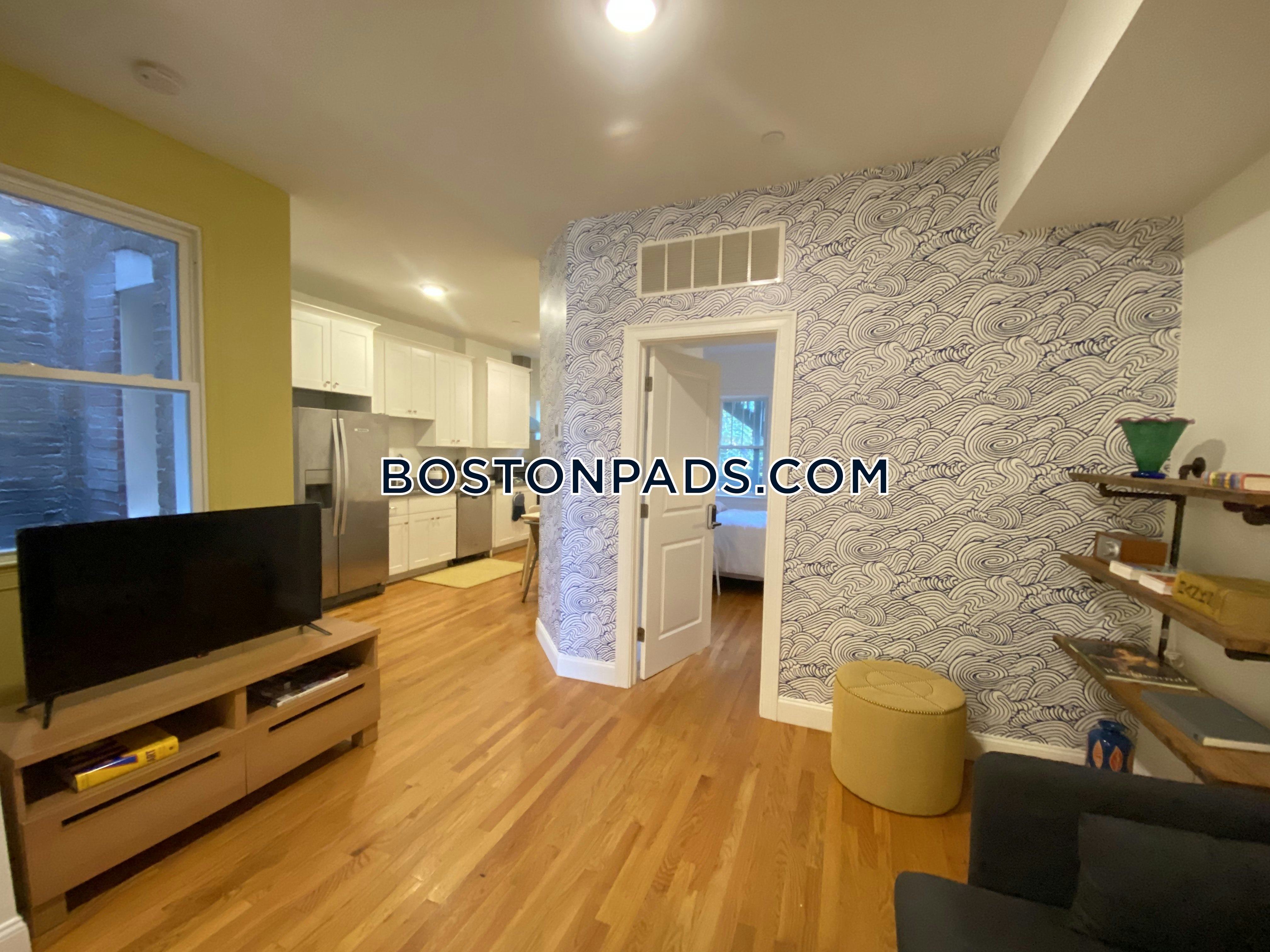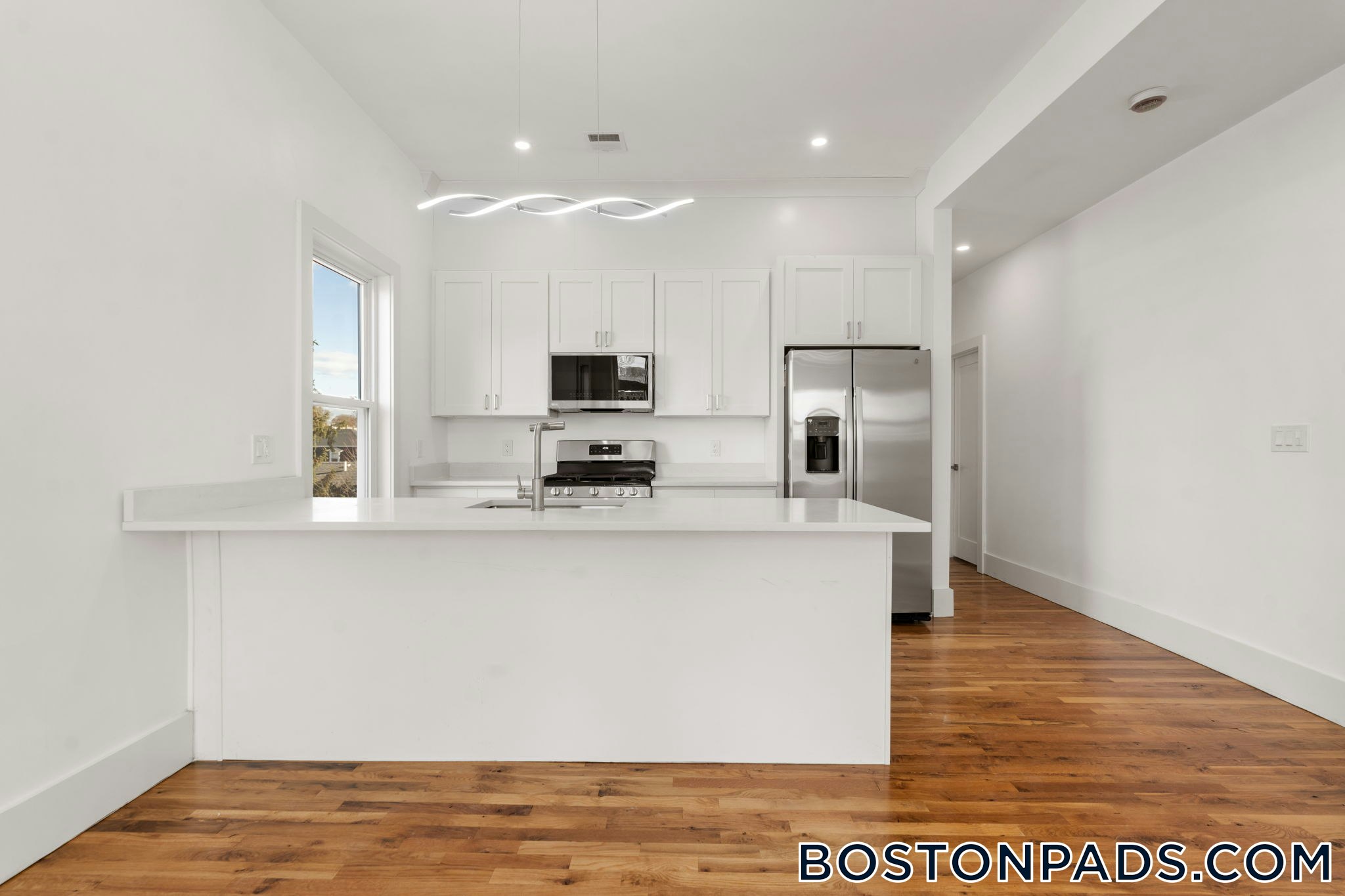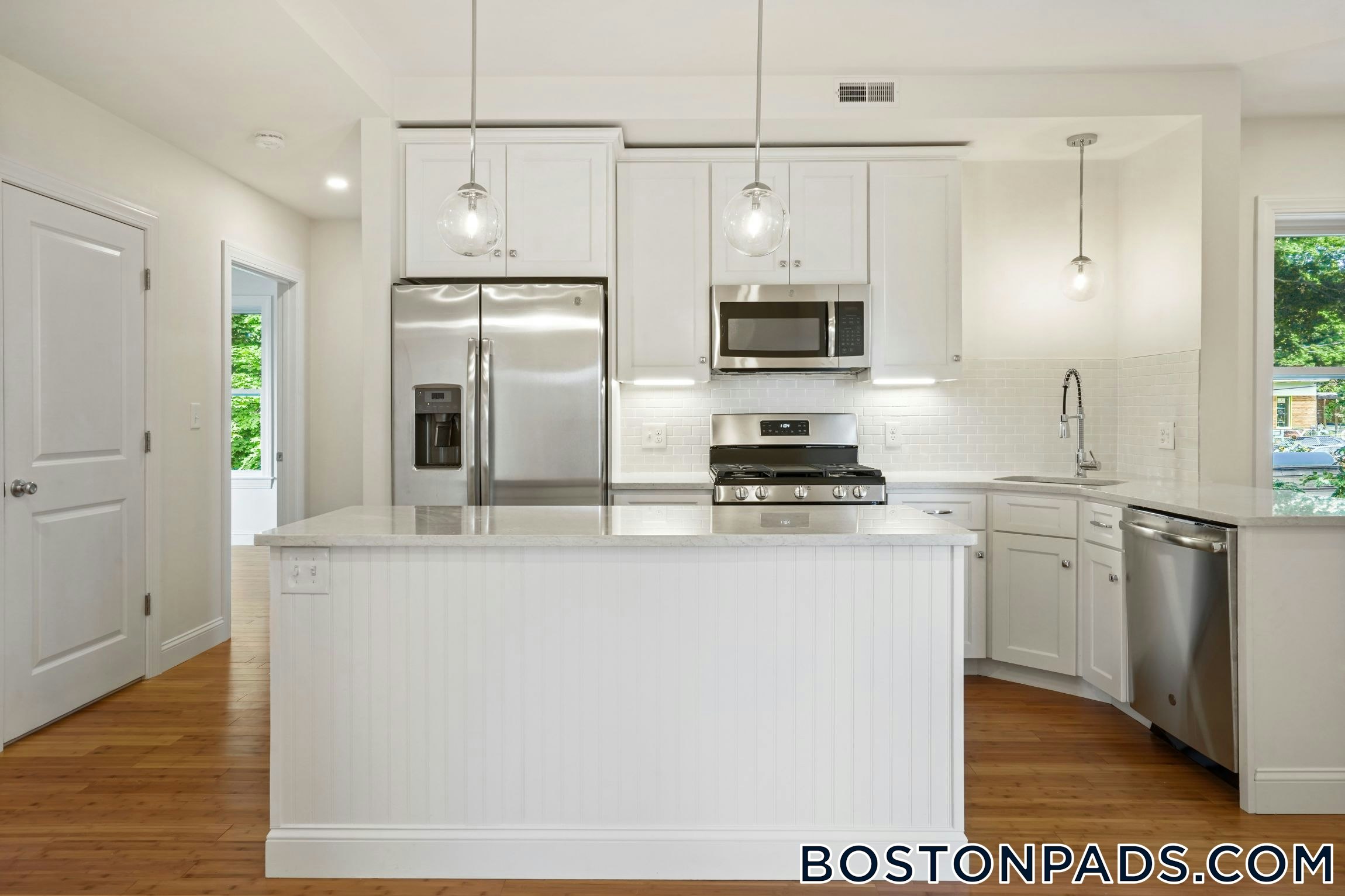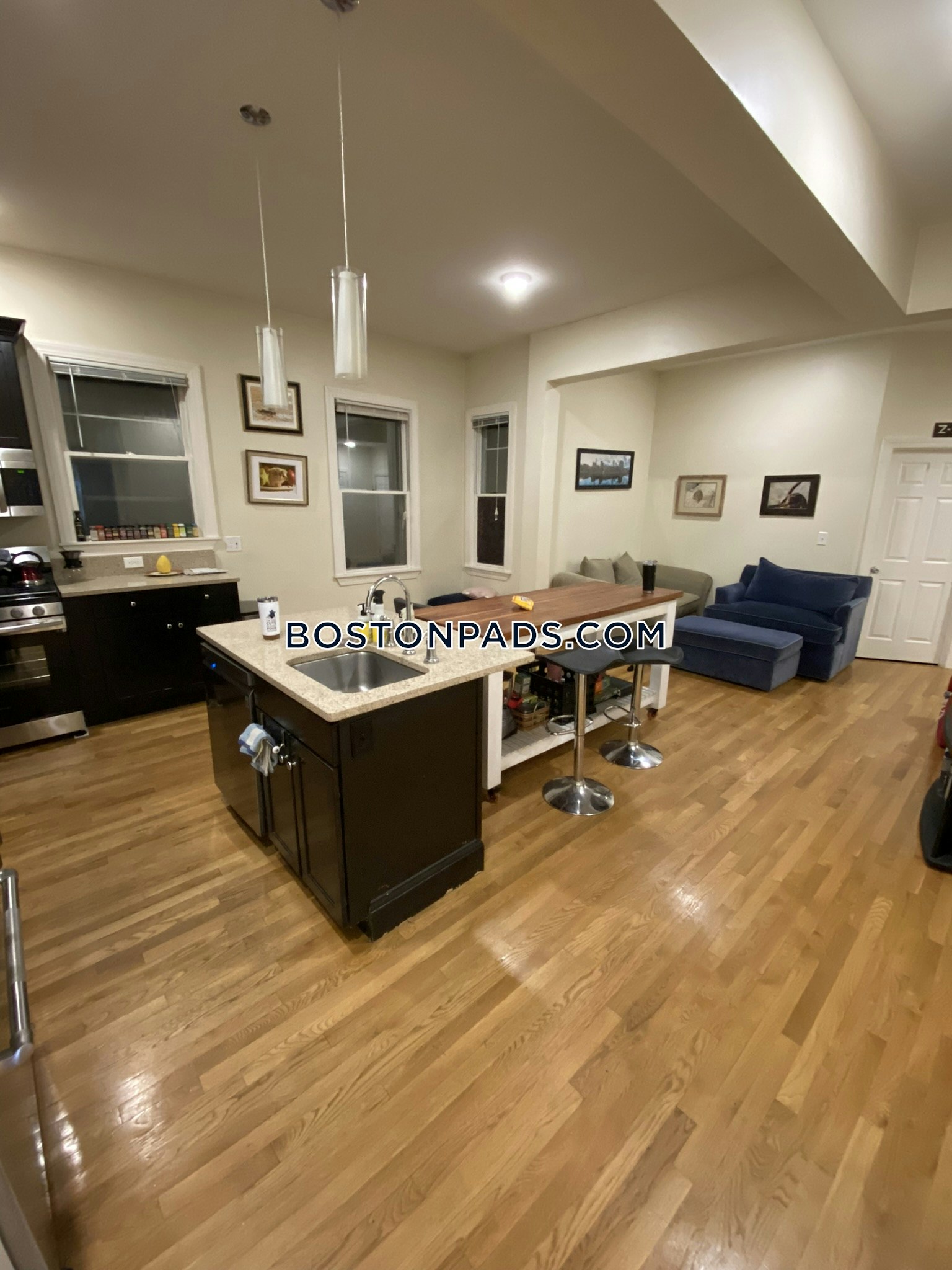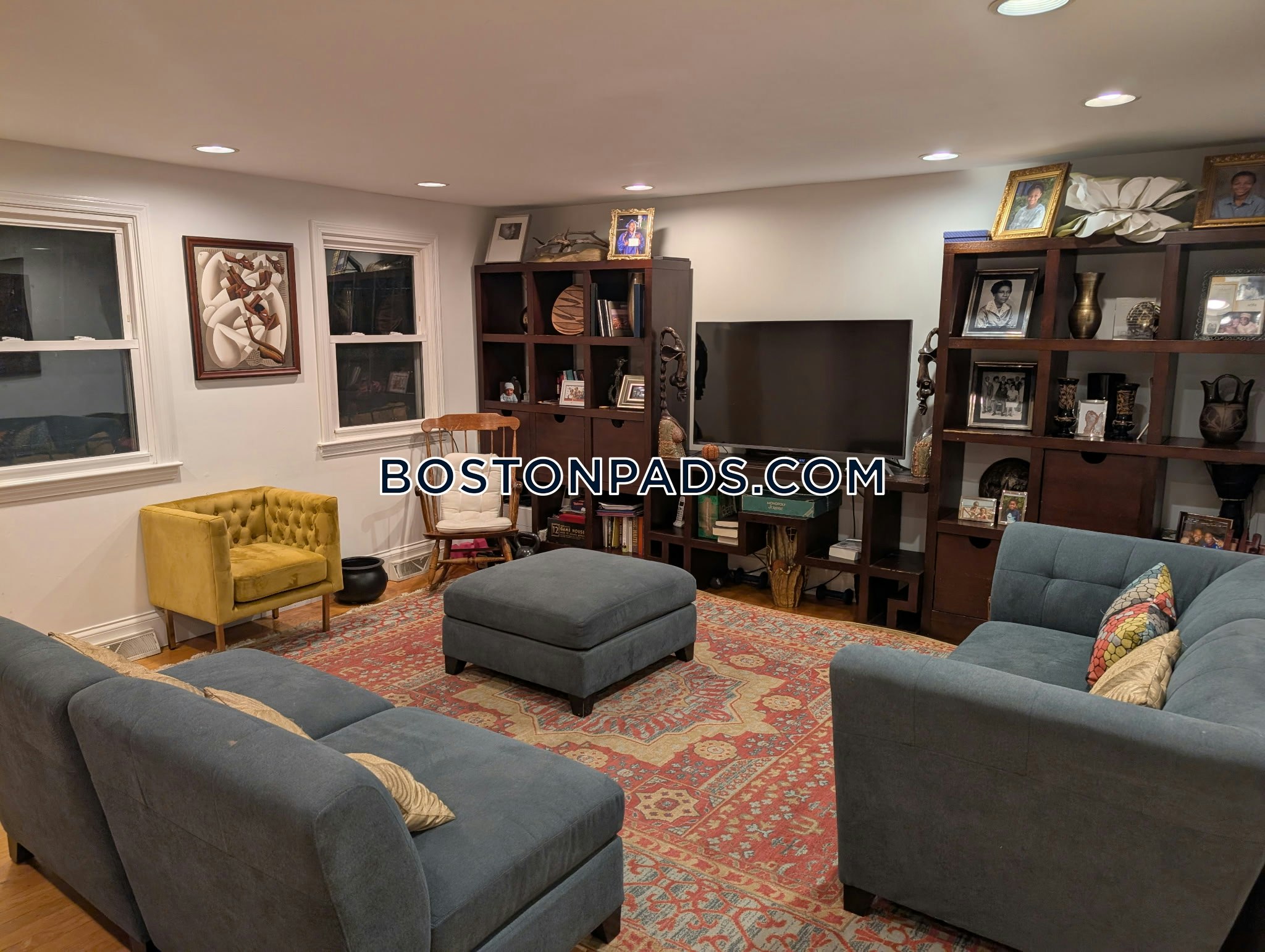View Boston – Fort Hill apartment listings (Highland Park) from the area’s largest real-time rental database. Use our search tool to refine your results and find the perfect place to live. When you find an apartment you like, contacting one of our helpful agents is only a click away. In addition to property details, each listing provides the agent information and a contact form. Boston Pads makes it easy for you to find your next Fort Hill apartment! Click here to learn more About Fort Hill.
Search Fort Hill Apartments by Type
Fort Hill Luxury Apartments
Fort Hill Pet-Friendly Apartments
No Fee Fort Hill Apartments
Fort Hill Apartments w/ Parking Included
Fort Hill Apartments w/ Laundry Included
Furnished Fort Hill Apartments
Search Fort Hill Apartments by Size
Fort Hill Studio Apartments
Fort Hill 1 Bedroom Apartments
Fort Hill 2 Bedroom Apartments
Fort Hill 3 Bedroom Apartments
Fort Hill 4 Bedroom Apartments
Fort Hill 5 Bedroom Apartments
Search Fort Hill Apartments by Budget
Fort Hill Apartments Under $2,000
Fort Hill Apartments Under $2,500
Fort Hill Apartments Under $3,000
Search Fort Hill Real Estate
Fort Hill Homes for Sale
Fort Hill Condos For Sale
Fort Hill Multi-Family Homes for Sale
Fort Hill Apartments
Fort Hill, also known as Highland Park or the Roxbury Highlands Historic District, was listed on the National Register of Historic Places in 1989. Locals know it as a pleasant residential area with easy access to the rest of Boston. A Fort Hill apartment is generally a less expensive alternative when compared to other parts of the city. There are plenty of trees lining the streets, and the neighborhood is dotted with small parks.
Fort Hill History
The Fort Hill neighborhood was mostly country estates before the American Revolutionary War. The area farms were famous for fruit trees, notably the Roxbury Russet apple. Because the only road into or from Boston passed directly through this part of Roxbury, it became a crucial strategic location for the Continental Army besieging Boston during the first year of the American Revolution.
In the early 19th century, Fort Hill began to change from an agricultural area to a residential one. Upper middle class businesspersons and wealthy people building estates were attracted to the area by improvements in transportation. The improved road into Boston, the Norfolk and Bristol Turnpike (now Washington Street), became the route for a horse-drawn bus line in the 1820’s. Passing by the north side of Fort Hill, the railroad from Boston to Providence started operation in 1835. As part of Roxbury, Boston annexed Fort Hill in 1868. The city initiated electric trolley service in 1889.
Fort Hill Landmarks
Highland Park
Highland Park, located at 22-98 Fort Ave., is an open green space on top of the hill that gives the Fort Hill neighborhood its name. Fort Hill Tower, with its fanciful architecture, is located here. Frederick Law Olmstead, the famous American 19th century landscape architect, designed the landscaping of the park. Many local residents refer to the park as a pleasant, quiet place to stroll, picnic, and enjoy nature with their dogs. The hilltop here was the site of the Roxbury High Fort. A plaque in front of the Fort Hill Tower bearing this inscription commemorates it:
“On this eminence stood ROXBURY HIGH FORT, a strong earthwork planned by Henry Knox and Josiah Waters and erected by the American Army June 1775 – crowning the famous Roxbury lines of investment at THE SIEGE OF BOSTON.”
At the time, the only land access to Boston was a narrow neck of land blocked by the Colonial lines in Roxbury, and overseen by Roxbury High Fort. The Lower Fort was built just to the north in the area bordered by Cedar Street, Linwood Street, and Highland Street.
Fort Hill Tower
Fort Hill Tower is located in Highland Park. Also known as the Cochituate Standpipe, it was built in 1869 as part of the public water supply of Roxbury. It has no relationship to the Revolutionary War earthworks that formed the Roxbury High Fort on this site. Built by the Cochituate Water Company, this brick tower is 130 feet tall. It encases a water tank purposely built on the highest point (160 feet) in Roxbury to add gravitational pressure to the public water supply.
The tower looks like a fantastic medieval structure. There is an iron staircase inside the tower that spirals around the water tank. At one time there was a cast iron balcony that circled the top of the tower as an observation deck. Historians believe it was most likely added to the tower around 1900, when Highland Park was landscaped. In the 1960’s, Fort Hill Tower had fallen into disrepair. The city deemed the balcony unsafe and tore it down. In the 1980’s, the City of Boston did an extensive restoration. The tower still has a fairy-tale appearance- white with light green roofs.
William Lloyd Garrison House
William Lloyd Garrison House, located at 125 Highland Street, is a National Historic Landmark. It was also known as “Rockledge”. This two-story example of Italianate architecture was built on a large rock outcropping overlooking Highland Street sometime in the 1850’s for Joseph W. Hunnewell, a Boston druggist. William Lloyd Garrison was the second occupant of this house. He lived here from 1864 until his death in 1879. This property remained in Garrison family possession until 1900.
The Rock Ledge Improvement Association maintained the house between 1900 and 1904, when it was sold to the Episcopal Sisters of the Society of Saint Margaret, who altered the building to serve as a hospital and nursing facility. Eventually the house became a convent and administration center for the Society of Saint Margaret Postulants. In 1962 the main convent building was constructed, attached to the William Lloyd Garrison House. An additional building was added in 1992. A detached carriage house was also renovated for convent use.
In 2012, the whole property with its complex of buildings, including the William Lloyd Garrison House, was sold to Emmanuel College and renamed Emmanuel College’s Notre Dame Campus. The students who live here work together as a living-learning community dedicated to serving the local neighborhood. The structure of the original house is largely intact, despite the additions made over the years.
William Lloyd Garrison & The Liberator Newspaper
William Lloyd Garrison was famous as an abolitionist, suffragist, social reformer, and journalist. In 1831, with Isaac Knapp, he founded the abolitionist newspaper, The Liberator. He served as its editor until it ceased publication upon the abolition of slavery with the ratification of the Thirteenth Amendment to the U.S. Constitution on December 6, 1865. William Lloyd Garrison was an outspoken advocate for the “immediate emancipation” of slaves in the U.S. and organized the New-England Anti-Slavery Society in 1832. In December 1837 he announced that The Liberator would advocate for women’s rights, and he went on to be a leading supporter and advocate for women’s suffrage. On the Commonwealth Avenue Mall, in Boston’s historic Back Bay district, the seated bronze statue of William Lloyd Garrison is one of the nine memorials and statues on display.
Islamic Society of Boston Cultural Center
The Islamic Society of Boston Cultural Center, located at 100 Malcolm X Boulevard, is a mosque and community center serving the Boston area. It is New England’s largest mosque, with over 1,400 congregants and is one of the most diverse Islamic Centers in the United States. In addition to the mosque, the 70,000 square foot structure contains a café, a school, a social service organization, and multipurpose space used for various functions and events. Sixty-four of the world’s nationalities are represented in a “diverse community that spans across age, race, and socioeconomic backgrounds.”
First Church in Roxbury
First Church in Roxbury is located at 10 Putnam Street. Built in 1804, it is the fifth meetinghouse to occupy this site since 1632. The fourth meeting house on this site was the starting point for the night ride of William Dawes, who, along with Paul Revere and Samuel Prescott, warned the colonials of the British foray which sparked the American Revolutionary War. The belfry of this fourth meeting house was used as a signal station during the siege of Boston in 1775-1776, and the building was damaged by British bombardment. The current (fifth) meetinghouse is the oldest wood frame church in Boston. It is an outstanding example of Federal Meeting House Style, an iconic New England church with a clock tower steeple.
John Eliot Square
John Eliot Square is a small park in front of the First Church in Roxbury, located where Roxbury Street, Centre Street, Highland Street, and Dudley Street come together. It is the site of the original town center when Roxbury was founded in 1630. In 1973, it was added to the National Register of Historic Places.
John Eliot was a prominent Puritan missionary to the Native Americans in the Massachusetts Bay Colony. He produced printed translations to the Algonquin language of his primer in 1654, followed by the New Testament in 1661 and the Old Testament in 1663. John Eliot was a teacher and pastor at the First Church in Roxbury. He believed it was his mission to not only convert Native Americans to English religion, but also to the English way of life.
He believed that he could establish legally recognized, self-governing “Praying Indian” towns within the structure of an elected theocratic English colony, all to the benefit of both the Native Americans and the English colonists. To accomplish this, he felt he had to supply the people he was converting with written materials in their own language. The Algonquin Bible is credited with being the first complete Bible printed in the Western Hemisphere, and was printed on the first printing press of the British colonies in America.
Roxbury Heritage State Park
Roxbury Heritage State Park, located at 183 Roxbury Street is the site of the Dillaway-Thomas House. Built as a parsonage for the First Church in Roxbury, it was used as the headquarters of General John Thomas. General Thomas was the commander of the Roxbury wing of the Continental Army lines during the siege of Boston from April 1775 to March 1776. The Dillaway-Thomas house is one of only a few surviving examples of 18th century residential architecture in Boston. The state of Massachusetts thoughtfully restored the building. It is currently a museum operated by the Commonwealth Department of Conservation and Recreation/Division of Urban Parks and Recreation.
General John Thomas was a significant commander in the Continental Army during the siege of Boston. Like many of the senior officers of the newly formed Continental Army, he had military command experience during the French and Indian War. General John Thomas commanded the Continental Army force in Roxbury, which closed off the land route out of Boston. In March of 1776, he led a force of about 2,500 troops to occupy Dorchester Heights. The British in Boston were surprised by the speed with which General Thomas’ force seized the heights, fortified them, and emplaced the heavy guns brought down from Fort Ticonderoga. Unable to counter the threat of this battery, the British withdrew from Boston. Following the successful liberation of Boston, General John Thomas, unfortunately, died of smallpox during the ill-fated expedition by the Continental Army to invade Canada.
Attractions Near Fort Hill Apartments
Southwest Corridor Park runs alongside the MBTA Orange Line from the Back Bay – South End T Station and Copley Place, through Northeastern University, and south to the MBTA Forest Hills Station, for a total of 4.7 miles. Along the way, it follows the western edge of the Fort Hill neighborhood. The Massachusetts Department of Conservation & Recreation operates this park. It forms a greenway with trails along its length. It is open from dawn to dusk.
Fort Hill Apartments – Things to Do
Fort Hill Bar and Grill, located at 2805 Washington Street, is a neighborhood restaurant and bar with a Latin American flavor. It has many positive local reviews, and offers live music and dancing. It is open 11:30 AM – 1:00 AM, seven days a week. This location has been a local restaurant and tavern since 1925.
Ashur Restaurant, located at 291 Roxbury Street, serves African and Middle Eastern food. This is a Halal restaurant that is open 7:30 AM – 10:00 PM Monday through Thursday and 7:00 AM – 11:00 PM Friday through Sunday. Local reviews are very positive.
Fort Hill Cultural Events
The Berklee College of Music held the Jazz at the Fort summer concert in Highland Park near the Fort Hill Tower in 2018. No new events have yet been scheduled.
Transportation To and From Fort Hill Apartments
Fort Hill is a mostly residential area. The traffic on most of the streets is moderate. There are no public parking garages directly in Fort Hill. Most residences have parking available. Guest parking is limited. In many areas, a residential sticker is required, or parking is limited to two hours.
Roxbury Crossing, located at 1400 Tremont Street, is in the northwest corner of Fort Hill. It serves the Orange Line, as well as the 22, 29, and 66 buses.
Jackson Square, located at 1500 Columbus Avenue at the intersection with Centre Street, is just west of the southern edge of Fort Hill. It serves the Orange Line, as well as the 14, 22, 29, 41 and 44 buses.
There are bus stops along Columbus Avenue, along Washington Street, Malcolm X Boulevard, and along Centre Street. There is one bus stop on Roxbury Street and two on Dudley Street.
Dudley Station, located at the corner of Washington and Dudley Streets, is just east of the northern edge of Fort Hill. It serves the 1, 8, 10, 15, 19, 47, 170, and 171 buses, as well as Silver Line 4 and Silver Line 5 buses. Fort Hill apartments all have access to Boston’s excellent public transportation infrastructure.
Fort Hill School System & Notable Colleges
Roxbury Community College, located at 1234 Columbus Ave, is a public, open-access, co-educational community college. They offer associate degrees, certificate programs, online courses, corporate and community education programs, and lifelong learning programs. It is accredited by the New England Association of Schools and Colleges (NEASC), Accreditation Commission for Education in Nursing (ACEN), and Joint Review Committee on Education in Radiologic Technology (JRCERT).
Nathan Hale School, located at 51 Cedar Street, is a small, community-based elementary school. They offer kindergarten through 5th grade education. It is part of the Boston Public Schools system. Students are guaranteed assignment to the Timilty Middle School.
James P Timilty Middle School, located at 205 Roxbury Street, offers 6th through 8th grade education. It is part of Boston Public Schools.
Paige Academy, located at 26/28 Highland Avenue, is a private school offering elementary school curriculum for children ages 6 to 12. They also offer infant, toddler, and preschool programs.
What it’s Like to Live in Fort Hill Apartments
The charm and attraction of having a Fort Hill apartment is the peaceful quiet of the neighborhood. While there may not be a lot of events, restaurants, bars, and things to do, it is a calm place to come home to. There is a lot of green space and trees. All of the events and cultural resources of Boston are within a few miles. Also, it is easily accessible using public transportation.
Fort Hill Healthcare Facilities
There are no medical facilities directly in Fort Hill. However, facilities such as Beth Israel Deaconess Medical Center and Boston Medical Center are within two miles.
Cable & Internet Providers in Fort Hill
DirecTV, Dish TV, Comcast, and RCN provide TV service in the Fort Hill area. Comcast, Viasat, and RCN can provide just internet service. Comcast and RCN can provide a combination of TV and internet services.
Affordability of Fort Hill Apartments & Housing
Fort Hill Real Estate Market
Fort Hill apartments are generally less expensive than most of the flashier, busier areas of Boston. Two bedroom apartments are generally in the $2,000 – $2,500 range. Three bedroom apartments mostly start around $3,000. Larger apartments can command proportionately higher prices, but are still less expensive than much of the rest of Boston. Some bargains can be found, although amenities may vary.
New or Notable Fort Hill Apartment Buildings
Bartlett Place Project, located at the eastern side of Fort Hill on Washington Street, is a mixed-use development on the site of the former MBTA Bartlett Yard bus maintenance facility. At least five buildings will be built, with a projected 194 affordable/rental units and 129 market-rate units, retail and commercial space, and a large public space for art installations and performances.
15 Guild Street
15 Guild Street, at the corner of Washington Street, is the first building of the Bartlett Place project to be available. There are sixteen units, upscale condos with two bedrooms, which will include garage parking and a common-use private courtyard.
Fort Hill Inn
Fort Hill Inn, located at 3 Centre Place, is a Victorian guesthouse with a variety of accommodations: guest rooms, as well as one, two, three, and four bedroom apartments. All are furnished, decorated, and fully equipped. Free Wi-Fi/cable TV and on-street parking is included. Rentals units are available for long or short-term stays. This is a non-smoking facility. Initial housekeeping is included. Daily housekeeping is available for an additional charge. There are many positive reviews and it is advisable to book reservations well in advance, as Fort Hill Inn can sell out.
225 Centre Apartments
225 Centre Apartments, is located at the western edge of Fort Hill, at the corner of Centre Street and Columbus Avenue, right next to the Jackson Square T station. Cats and dogs are allowed. One-bedroom apartments start at $2,200, two bedroom apartments start at $2,600, and three bedroom apartments from $4,000. Unit amenities include stainless steel appliances, granite counters, tile baths, and in-apartment washer and dryer. They also include individually controlled heat and air conditioning, spacious closets and linen closet, and controlled entry access with intercom. Community amenities include state-of-the-art fitness center, available off-street and covered parking, climate and access controlled bike storage room, on-site management, and 24-hour emergency maintenance. This is a smoke-free building.
Alvah Kittredge House
Alvah Kittredge House, located at 12 Linwood Street was built in 1836 for its namesake, Alvah Kittredge. It is a 2.5 story Greek Revival mansion with an impressive two story portico with six Ionic columns, built on the site occupied by the Roxbury Low Fort during the Siege of Boston. It is an impressive example of early 19th century architecture constructed during the establishment of Roxbury as an upscale suburb of Boston. Alvah Kittredge House is currently subdivided into five rental units. An interesting irony about the Alvah Kittredge House is that it is designated a Boston Landmark by the Boston Landmarks Commission, but a remnant part of the Revolutionary War Roxbury Low Fort was leveled to enhance the landscaping when the house was built, which itself would have been preserved under the same provisions.
Spooner-Lambert House
Spooner-Lambert House, located at 64 Bartlett Street, is the third oldest building in Roxbury. It was built in 1782 for Major John Jones Spooner, the first commanding officer of the Roxbury Artillery. Originally built in Georgian-style, the second owner, Captain William Lambert, added Federal-style additions, making for a unique structure. It is now a preserved historic building. It is currently divided into four condominiums, which retain many of the interior details of the original construction.
Fort Hill Real-Time Average Rent Prices
Fort Hill Real-Time Vacancy Rate
3.22%
Fort Hill Real-Time Availability Rate
13.28%
Fort Hill Average Rent Price
$4,343
Median Days on Market
17




